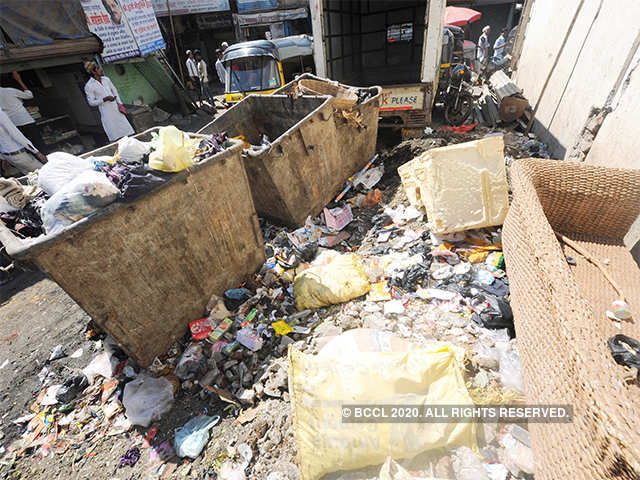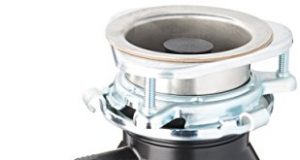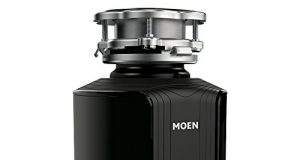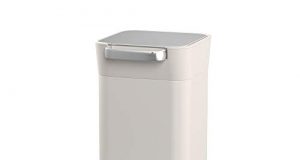Effective Ways of Garbage Disposal –

Industrial development has also led to the formation of huge waste dumps all over the world. It is all the more in the industrially developed nations. Garbage is a big contributor to many illnesses spreading worldwide. Even though there are systems in place for a proper waste management, yet it is proving to be difficult to bring it under control.
The waste disposal has been followed since time immemorial. There has been a continuous effort to bring out new developments in waste management techniques and devices. In the eighteenth century, carters were paid by people to carry their garbage and discard it on the outskirts of the town. Disposal in open pits, which we now call landfills, became the norm and the first municipal cleaning program was initiated by Benjamin Franklin in Philadelphia in 1757.
Types of Wastes:
Waste can be divided and classified on the basis of the different physical, chemical and biological characteristics it possesses. Another important classification can be done on the consistency level of the product. The three main classifications could be solid, semi-solid and liquid. Solid wastes contain less than 70% water and include things like household garbage, some industrial wastes, mining wastes etc. The liquid waste constitutes more of water and less than 1% of solids. These wastes can contain high concentrations of salts and metals. Sludge is the semi-solid state of waste that contains one-fourth part of solids and the rest is liquid.
Conventional Means of Garbage Disposal:
There are many different means of disposing the waste which is being followed all over the globe. Landfill is the most common way of disposal and accounts for a huge chunk of the nation’s refuse. It requires large tracts of land and at times it has also proven to hazardous for the drinking water in the area of the landfill. Yet it is still the most cost effective method of garbage management.
Incinerators are also very useful in disposing off the waste as it can be burned down to ashes. This method is more expensive but far safer than landfills. Present day incinerators are designed to destroy at least 99.9% of the waste material they handle. The only downside of this method is that it emits gases which can be harmful and cause air pollution.
Organic materials which do not contain heavy metals or chemical content can be detoxified biologically. Composting and land farming are the two ways in which garbage can be managed biologically.
Modern Garbage Disposal Methods:
Garbage Disposal is a device that is usually electrically powered. It is installed under a kitchen sink between the sink’s drain and the trap which shreds food waste into very tiny pieces to allow passing through the plumbing. This machine was invented in 1927 by John W. Hammes, an architect working in Racine, Wisconsin. He developed and brought forth the machine in the market in 1940. Since then there have been many changes in the machine but the three main types of garbage disposals that are more popular are:
Continuous-feed Disposals: This is the most commonly used disposal devices. As the name suggests, it can have a continuous supply waste as long as the water is running. The opening to the disposal remains open during the whole operation.
Batch-feed Disposals: It is also known as a cover control garbage disposal and works only when its stopper is in place. The waste and water is added simultaneously and the cover is inserted to grind the whole content in to a batch. This machine cannot have a continuous supply of waste as it works only when the lid is closed. Sine cit is not electrically operated, it is safe to use in houses that have children.
Septic Tank Garbage Disposals: This system works on almost the same principle as continuous-feed disposals. It has cartridges that help break down food waste. These have to be replaced every 3-6 months.











